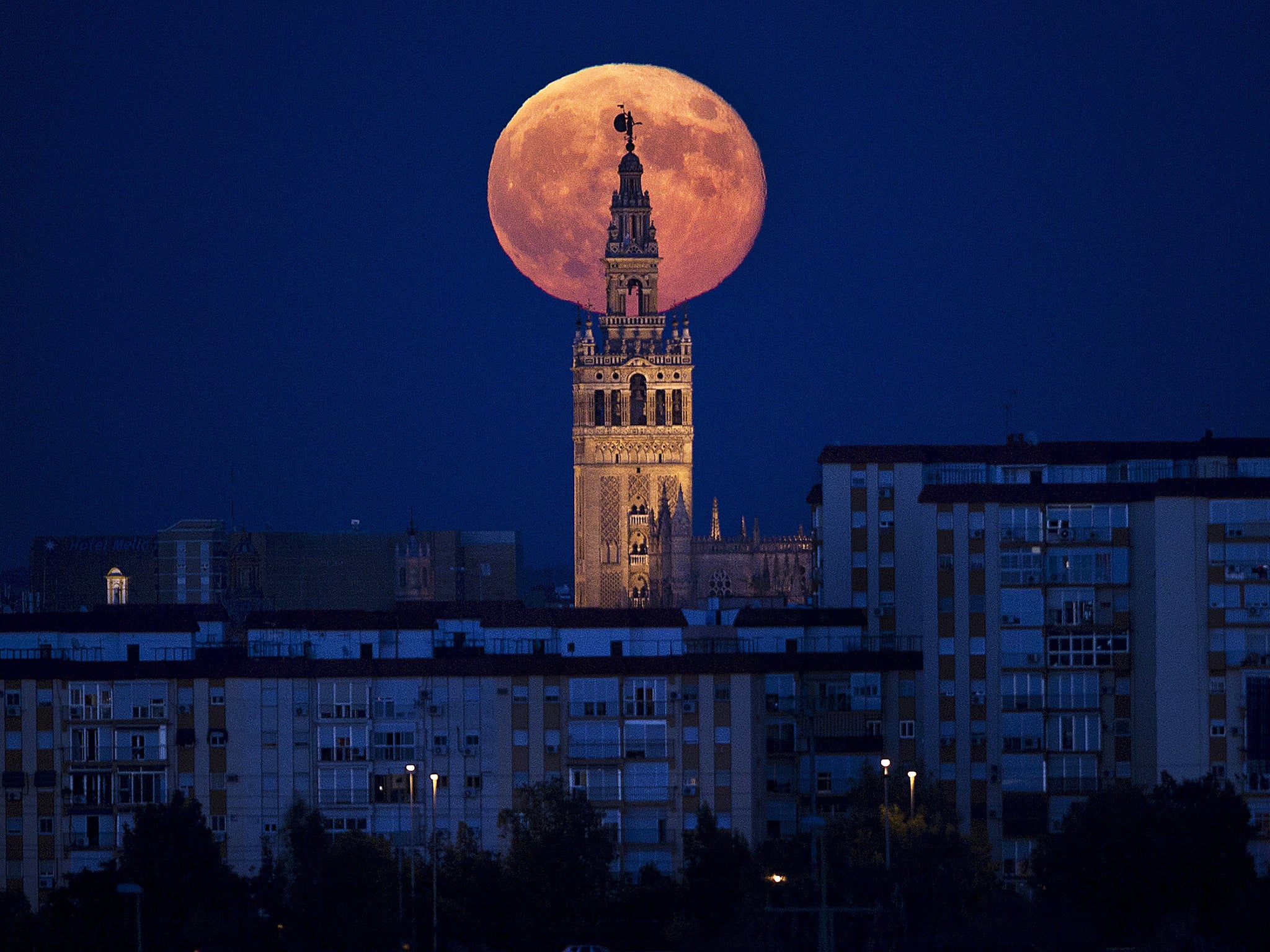Solar eclipse, Supermoon, Spring equinox: Friday will see three rare celestial events
Eclipses have long been feared as bad omens, but the equinox is celebrated as a time of renewal

Your support helps us to tell the story
From reproductive rights to climate change to Big Tech, The Independent is on the ground when the story is developing. Whether it's investigating the financials of Elon Musk's pro-Trump PAC or producing our latest documentary, 'The A Word', which shines a light on the American women fighting for reproductive rights, we know how important it is to parse out the facts from the messaging.
At such a critical moment in US history, we need reporters on the ground. Your donation allows us to keep sending journalists to speak to both sides of the story.
The Independent is trusted by Americans across the entire political spectrum. And unlike many other quality news outlets, we choose not to lock Americans out of our reporting and analysis with paywalls. We believe quality journalism should be available to everyone, paid for by those who can afford it.
Your support makes all the difference.As the eclipse plunges the UK and other places into darkness this Friday, two other rare if less spectacular celestial events will be taking place, too: a Supermoon and the Spring equinox.
A Supermoon, or perigee moon, happens when the full or new moon does its closest fly-by of the Earth, making it look bigger than it normally does. And the spring equinox refers to the time of the year when the day and night are of equal duration, mid-way between the longest and shortest days.
The solar eclipse refers to a phenomenon where the sun and moon line up, so that the latter obscures the former. And while it won’t be affected by the two other events, it is rare that the three events happen even individually.
Most of the time, there are between three and six Supermoons a year. There is set to be six in 2015, two of which have already happened. The next will take place on March 20, the day of the eclipse, and the others will come in August, September and October.
Eclipses can only happen at new moon, when the moon appears is entirely in shadow. And the spectacular Supermoon images that are often spotted can only happen when the moon is full, since it can only be seen then.
As a result, only the last three Supermoons of this year will be visible — because the moon is new rather than full on March 20, it won’t be seen. But it will be gliding past us closer than ever, and its shadow will be visible as it blocks out the sun on Friday morning.
Spring equinox
The equinox will also happen on March 20. While it won’t have any discernable, direct impact on how the solar eclipse looks, it will contribute to a rare collision of three unusual celestial events.
On March 20, the Earth’s axis will be perpindecular to the sun’s rays — which only happens twice a year, at the two equinoxes. After that, it will start tipping over, making the days longer in the northern hemisphere.
As such, the equinox has long been celebrated as a time of beginning and renewal, by a number of historic cultures, and is linked to Easter and Passover.
The equinox will happen at the same time as a solar eclipse in 2053 and 2072, though it doesn’t always appear as close together as that.
Join our commenting forum
Join thought-provoking conversations, follow other Independent readers and see their replies
Comments